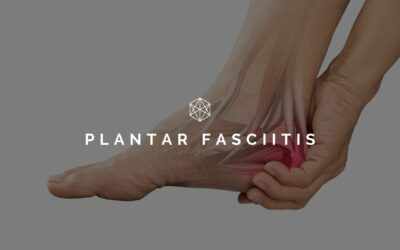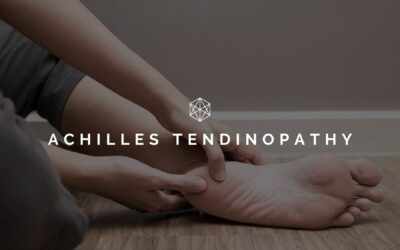What causes lymphoedema?
Every day our arms and leg swell up and return to their normal size constantly. The fluid balance on our limbs is cleverly maintained by our lymphatic system. Lymph vessels are shaped like veins and run up our arms and legs beside our veins, collecting any excess fluid. The fluid (or lymph) then passes through the lymph nodes in the arm pit or groin and is filtered. After this, the lymph is emptied into the blood vessels in the neck and trunk and returned to the bloodstream. Lymphoedema occurs when this complex system of fluid collection is damaged by surgery, cancer radiotherapy or other conditions. As a result the following can happen:
- The arm or leg swells
- The skin can become harder to the touch
- You are more likely to get cellulitis of your skin
- Tingling and pain/tightness in the swollen limbs can occur
- Activities can be restricted by the swelling
- Clothing can be difficult to wear
Physiotherapy for lymphoedema
‘Complex decongestive physiotherapy’ is the name given to the field of physiotherapy that is involved in lymphoedema treatment. It doesn’t claim to cure lymphoedema because many of the causes are not reversible. It DOES, however, provide you with a way of gaining control over the oedema and then managing it for yourself. It involves a number of steps: lymphoedema massage, bandaging, compression garments, skin care, exercise and kinesiotaping.
Massage: Sometimes the physiotherapist can feel areas of ‘blockage’ in the flow of lymph. By certain massage techniques, these blockages can be relieved an aid the flow of lymph out of your limbs. Where there are irreversible changes e.g. lymph nodes have been removed, the massage can be used to re-divert the lymph to other lymph nodes that are working. The therapist will also show you how to massage yourself correctly so that you can treat yourself.
Bandaging/compression garments: Initially, a bandaging technique is used to help ‘push’ the lymph back up from your extremities and towards your torso. This is usually a layered compression bandage, using short-stretch bandages, that particularly aid lymphatic flow. These can be left on for up to 24 hours, and then reapplied. The established format is for an initial period of bandaging, before purchasing compression garments to maintain the improvement. In the past, these were fairly unflattering garments that many found hard to wear. Newer and more fashionable designs are now available in Ireland, and can be prescribed by your physiotherapist. Custom-made garments are also available for those who require them.
Skincare: When there is lymphoedema in a limb, the skin can become hard and fibrous, the blood flow to the skin surface is affected and as a result, it is more prone to getting infections. Any signs of painful, hot, red skin need to be reported to your doctor. Lymphoedema management using bandaging and massage, automatically improves the quality of your skin and reduces the risk of infection. By regular massage and moisturising, you can also help the quality of your skin.
Exercise: In the past, there was some disagreement about whether exercise increased the occurrence of lymphoedema in limbs that were prone to it. This has now been refuted, and the advice now is that exercise is beneficial. Exercise makes your muscles contract and relax, creating a ‘pumping mechanism’ that assists the lymph in flowing up your limbs towards your torso. Exercising with your compression garments on has an added benefit. Advice from your physiotherapist is needed about the types of exercise that are of benefit as there may be other considerations e.g previous surgery.
Kinesiotaping: Kinesiotape is elasticated tape that sticks directly onto your skin. It is frequently used by athletes to tape their muscles during exercise and improve the removal of lactic acid. In recent years, it was discovered that by applying kinesiotape to the skin, the flow of lymph just under the skin improved. When kinesiotaping is applied in a certain way, it can direct fluid out of your limbs and up towards your torso. Your physiotherapist will teach you the techniques that are suitable for you so that you can apply it yourself.
How long does it take to see an improvement?
Most people start noticing improvements within a week of starting the treatment. Usually, a combination of all of the above techniques is used, depending on the particular causes of your lymphoedema. You are then given ‘homework’ to do in between treatment . In order to be effective, the treatment regime has to be a joint effort between you and your physiotherapist. In our clinic, we aim to make you independent in the management of your lymphoedema as soon as possible, usually within a few weeks. You may then only need a few treatments a year to maintain your limb volume and skin condition.
Lymphoedema treatment at Mid West Physiotherapy
Chartered Physiotherapist at Mid West Physiotherapy, Sinéad Cobbe, is a Certified Lymphoedema Therapist (Casley Smith Method 2010). To book an appointment with Sinéad, please contact the clinic.

